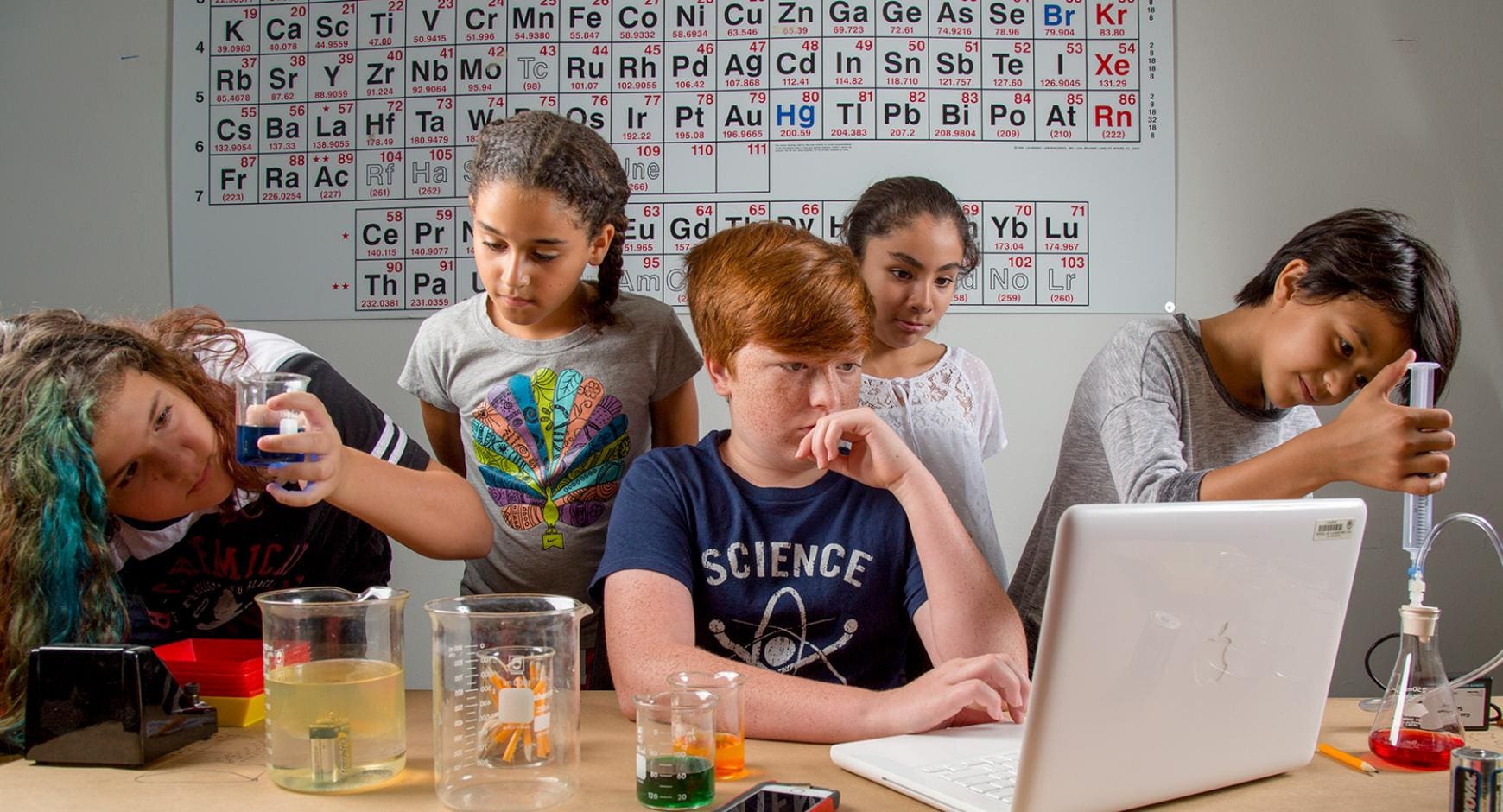STEM education has been in the spotlight for quite some time. There is a general understanding that our nation’s ability to stay competitive in the era of globalization depends greatly on innovation and staying at the forefront of technological advances. Unfortunately, statistics show that the United States, once a leader in population of graduates, has fallen behind both China and India, which together boast over 7 million graduates in STEM fields as of 2016. This is particularly concerning, since science and engineering workers are essential for economic expansion. We know we have a problem. How do we ignite a passion for STEM and increase our graduation rates at home?
In recent years, policy makers, educators and parents alike, have been putting greater emphasis on STEM in order to turn the tide. Former President Barack Obama made it a priority to increase the number of students and teachers skilled in these fields by 2020. Paraphrasing what the former President said in 2015, science is more than a collection of theories, it is a way of thinking and seeing the world. But how do we ignite a passion for STEM in our kids? How do we turn a subject many kids find difficult, boring and abstract, into something practical, fun and relatable?
Learning STEM subjects should not be boring. Kids learn better by experimenting and seeing concepts in action. Involving kids in hands-on experiments and projects will enable them to stay engaged and retain information longer. It is important to foster an environment where it is ok to fail, because the fun is often in trying to find a solution. Learning from mistakes is the basis of the scientific method and it is an essential teaching mechanism. Additionally, by creating a stress-free atmosphere students can focus on the project’s success rather than a grade.
The key to igniting a passion for STEM and increasing graduation rates in these fields lies in having a good mix of theory and practical applications to keep students engaged. Unfortunately, the education that is available to many students in poor and urban communities is inadequate due to insufficient funding. To illustrate the problem, a recent study by the Education Law Center and Rutgers Graduate School of Education, showed that the State of Florida ranks 41st in the United States in total funding per student in the public school system. This is where organizations such as The Manifezt Foundation come in, providing students in underserved communities with opportunities to participate in STEM programs that reinforce and supplement traditional education methods.
The Manifezt Foundation partners with the public sector as well as private organizations to make STEM education available for children in underprivileged communities. Students learn valuable skills through hands-on experiments and projects that teach them the real-world application of the concepts in a fun setting. From building robots, to dissecting a human heart, to coding a mobile app, kids learn that STEM subjects have many exciting applications. The future is full of promise, and we are betting on our kids to take us there.
Works Cited
Baker, B., Farrie, D., Johnson, M., Luhm, T., & Sciarra, D. G. (2017, January). Is School Funding Fair? A National Report Card. Retrieved August 07, 2017, from Education Law Center: http://www.edlawcenter.org/assets/files/pdfs/publications/National_Report_Card_2017.pdf
McCarthy, N. (2017, February 02). The Countries with the Most STEM Graduates. Retrieved August 04, 2017, from Forbes.com: https://www.forbes.com/sites/niallmccarthy/2017/02/02/the-countries-with-the-most-stem-graduates-infographic/#5ed43ad2268a
U.S Department of Education. (2015). ED.Gov. Retrieved August 04, 2017, from U.S Department of Education/Stem: https://www.ed.gov/stem/




